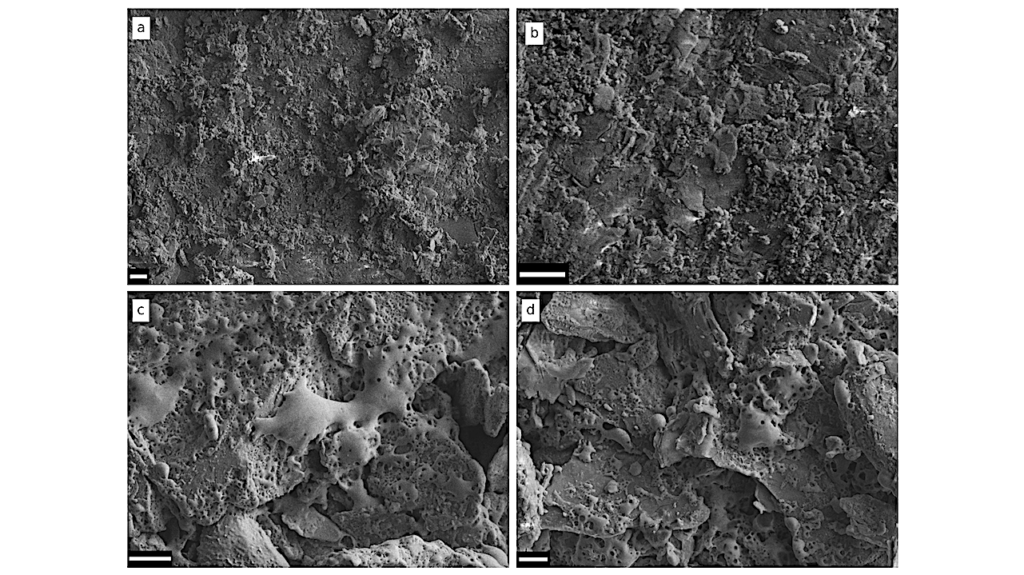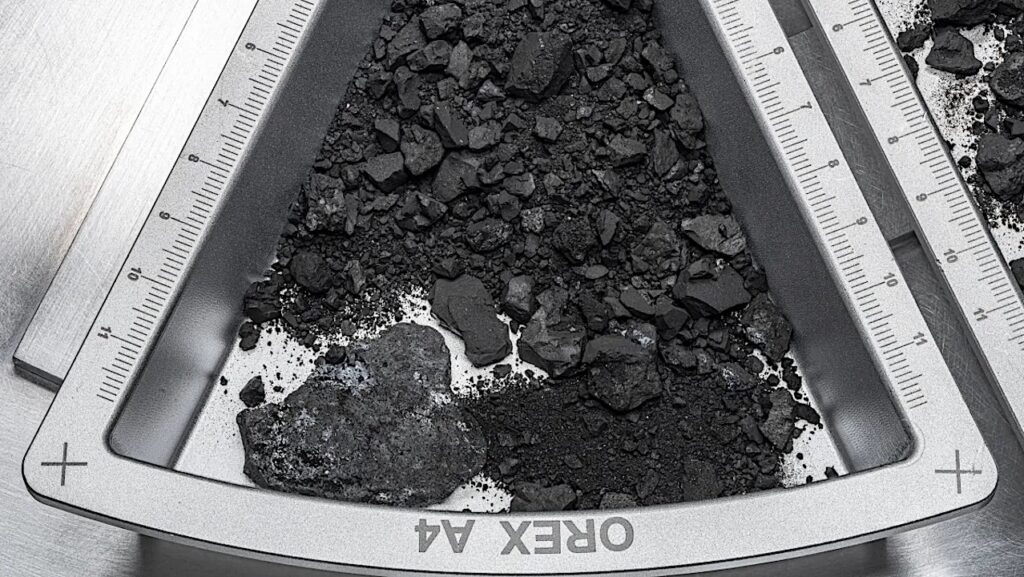Dynamic Evolution Of Major Element Chemistry In Protoplanetary Disks And Its Implications For Chondrite Formation

Chondrites are the likely building blocks of Earth, and identifying the group of chondrite that best represents Earth is a key to resolving the state of the early Earth.
The origin of chondrites, however, remains controversial partly because of their puzzling major element compositions, some exhibiting depletions in Al, Ca, and Mg. Based on a new thermochemical evolution model of protoplanetary disks, we show that planetesimals with depletion patterns similar to ordinary and enstatite chondrites can originate at 1–2~AU just outside where enstatite evaporates.
Around the “evaporation front” of enstatite, the large inward flow of refractory minerals, including forsterite, takes place with a high pebble concentration, and the loss of those minerals result in depletion in Al, Ca, and Mg. When evaporated solid grains re-condense onto pebbles, the concentration of pebbles is further enhanced, potentially triggering the streaming instability. Planetesimals with the composition of ordinary and enstatite chondrites can thus be naturally created in the terrestrial region. T
he preferential loss of forsterite also creates an enhancement of Mg/Si and heavy Si isotopes just inside the potential source region for ordinary and enstatite chondrites. Earth, which shows both features, may originate just inside where ordinary and enstatite chondrites were born.
Yoshinori Miyazaki, Jun Korenaga
Comments: 16 pages, 6 figures, 1 table
Subjects: Earth and Planetary Astrophysics (astro-ph.EP); Geophysics (physics.geo-ph)
Cite as: arXiv:2004.13911 [astro-ph.EP] (or arXiv:2004.13911v1 [astro-ph.EP] for this version)
Submission history
From: Yoshinori Miyazaki
[v1] Wed, 29 Apr 2020 01:27:34 UTC (1,526 KB)
https://arxiv.org/abs/2004.13911
Astrobiology, Astrochemistry








